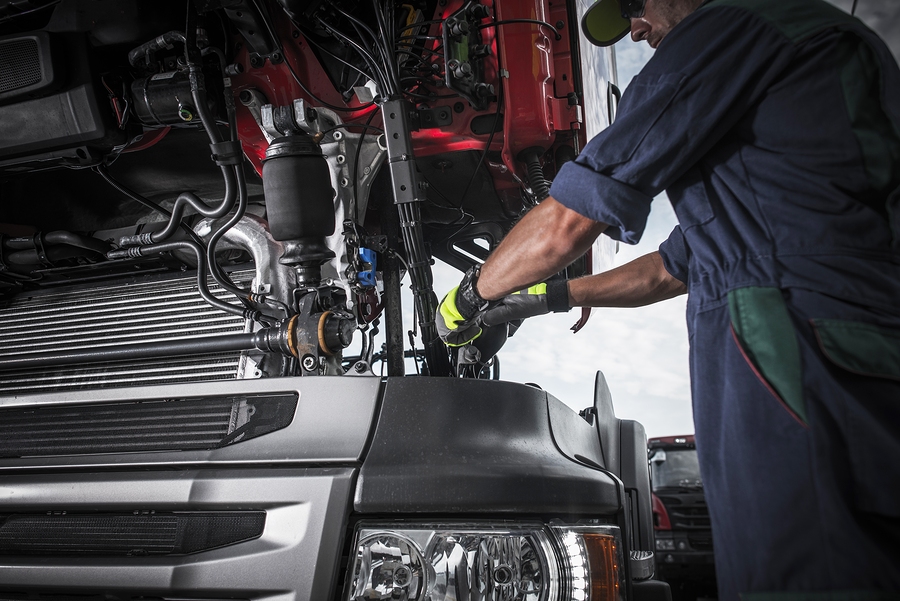If you’re the owner of a commercial vehicle, you must know the truck repairs and maintenance requirements. In addition, you’ll need to know the types of repairs, fluid changes, and preventative maintenance. Here are some simple repair basics. Also, find out how often you should change fluids and equipment.
Preventative maintenance
If you own a fleet of trucks, preventative maintenance is crucial. Routine maintenance is required by the Federal Motor Carrier Safety Administration and will extend the life of a truck and reduce the chances of emergency repairs. In addition, a preventative maintenance checklist will also help you reduce breakdowns and uptime.
Changing the air filter and checking the fuel tank are two easy preventative maintenance items for your truck. Not only will this help reduce fuel consumption, but it will also increase the smoothness of your vehicle. Additionally, retirement pressure and tread pattern maintenance are essential for heavy-duty trucks. Always check the tires’ inflation level and ensure they have good tread patterns. Other important truck repair information, such as preventative maintenance tasks, include suspension, alignment, and tire maintenance.
Frequency of fluid changes
It may be tempting to skip the routine maintenance tasks such as changing oil and fluids, but you are doing more harm than good. If you do not perform these essential services, you are shortchanging your vehicle and its working life. Not only are oil and fluid changes critical for performance and safety, but they also reveal valuable information about the overall health of your vehicle.
Transmission fluid: The frequency of transmission fluid change varies. It may be 50,000 miles or even longer. The recommendation of the manufacturer varies based on the type of vehicle. In tropical climates, changing the transmission fluid every 15,000 miles is suggested. In upper-north America, transmission fluid must be changed every 30-60 thousand miles. If you do not want to spend extra money on transmission repairs, keep track of how often your truck needs fluid changes.
Cost of repairs
The cost of truck repairs is an ordinary expense for all businesses. However, the parts, labor, insurance, and other expenses involved in truck repairs can add up to a substantial amount of money. As a result, it’s crucial to consider these costs before repairing your truck. While some businesses can cut costs by doing some of the work themselves, this shouldn’t come at the expense of quality. Instead, truck repair costs are best managed by minimizing the number of breakdowns and repairs.
Keeping your fleet roadworthy is vital for both safety and legal compliance. Additionally, keeping your trucks well-maintained will ensure the security of your drivers and cargo. Unfortunately, accidents happen. Even if the truck is covered by insurance, it will still cost you thousands of dollars. In addition, truck breakdowns can occur at any time and place. In addition, the cost of truck repair can be staggering, especially for smaller fleets that may not have the resources to get their trucks back on the road quickly. Fortunately, there are ways to reduce the cost of truck repairs by doing some research beforehand.
Equipment and Tools
There are many easy truck repairs you can do yourself. The key is to research, follow the steps, and use quality replacement parts. These simple truck repairs can save your organization money and time.
The tools you need for simple truck repairs vary by vehicle type. For example, a small flashlight is helpful when checking a 5th wheel coupling. You can bring a giant flashlight for pre and post-trip inspections for more demanding jobs. You can also get a multipurpose tool for removing nails from the truck’s bed and prying open wooden pallets. These tools will not only increase your space inside the truck, but they will also help keep your load light when you are at a weigh station.
Bringing a toolkit is a great way to be prepared in an emergency. Truckers can buy kits to carry on their trucks at the truck stop or at Home Depot. These kits come with tools necessary for quick and easy repairs such as replacing taillights, marker lights, and airlines. Having this kit in the truck is a great idea, especially if the issue is not too complicated. In an emergency, you can also bring a fully-functioning heavy-duty diagnostic system with you.


